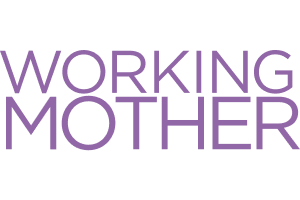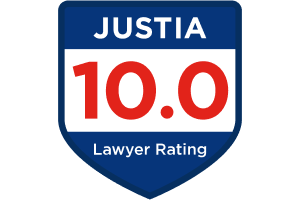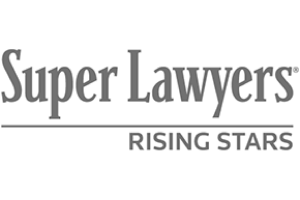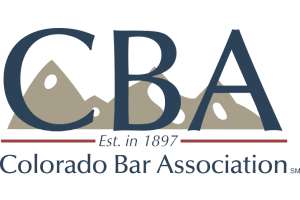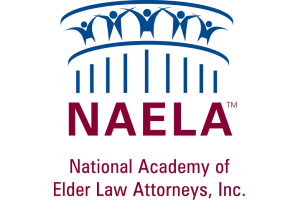As inflation has risen, many Americans are all too familiar with the increased cost of living. However, one overlooked effect of inflation is the rate at which estates and gifts are taxed. Estate taxes, gift taxes, and the valuation of real property in a decedent’s estate can all depend on IRS adjustments for inflation. As…
Continue reading ›Boulder Estate Planning Legal Blog
When you are choosing a trustee to handle your estate, a professional may be the best option. Professional trustees are experts in managing trusts, and they have no conflicts of interest with your beneficiaries. However, not all professional trustees are alike. They can take the form of banks, trust companies, or private professional fiduciaries. They…
Continue reading ›Adult children often want to ensure their parents are cared for and protected. If your parent is sick or elderly, you may have questions about the best way to protect their assets while they are alive. Consequently, you may decide to talk to your parent about initiating a trust and appointing a trustee to honor…
Continue reading ›Choosing a trustee can be just as important as establishing a trust itself. Often, an individual will designate their child to help administer their plan for the trust. Clients may believe that appointing their child as a trustee will save them the expense of hiring a professional fiduciary. However, in some circumstances, the expense may…
Continue reading ›When appointing a person to administer your trust, you may assume that a family member would be less expensive than using a professional trustee or executor. In reality, working with a professional could be more cost-effective in the long run. Many people believe that a professional trustee or executor’s services add no value, believing payments…
Continue reading ›If a person has a will, their beneficiaries often need to go through probate proceedings to receive the property allotted to them in the will. In probate proceedings, a court appoints a personal representative to administer the person’s estate to the intended beneficiaries. As a result, before receiving a single asset, the beneficiaries must participate…
Continue reading ›In the event that an individual does not leave a will to determine the division of their property and assets, their estate will go through the intestate succession process designated in their state. Intestate succession is a legal process that comes into play when someone passes away without leaving behind a valid will or other…
Continue reading ›A will is a legal document dedicated to setting forth an individual’s wishes regarding the distribution of their property and assets as well as the care of their minor children. A will is the most established manner of ensuring that an individual’s wishes on those matters are accurately carried out. Wills are also helpful for…
Continue reading ›Trusts are a growing tool when it comes to estate planning. As a result, trust usage is increasing throughout the nation. Trusts offer many benefits when it comes to asset distribution, but also have limitations that other estate planning methods don’t have. Trusts allow for great specificity regarding how, when, and to whom assets are…
Continue reading ›When it comes to estate planning, selecting a proper and capable trustee is one of the most important steps in the process. A trustee takes legal ownership of trust assets, manages the trust, and is responsible for carrying out the purpose of the trust. Important Factors for Choosing a Trustee There are several important things…
Continue reading ›





